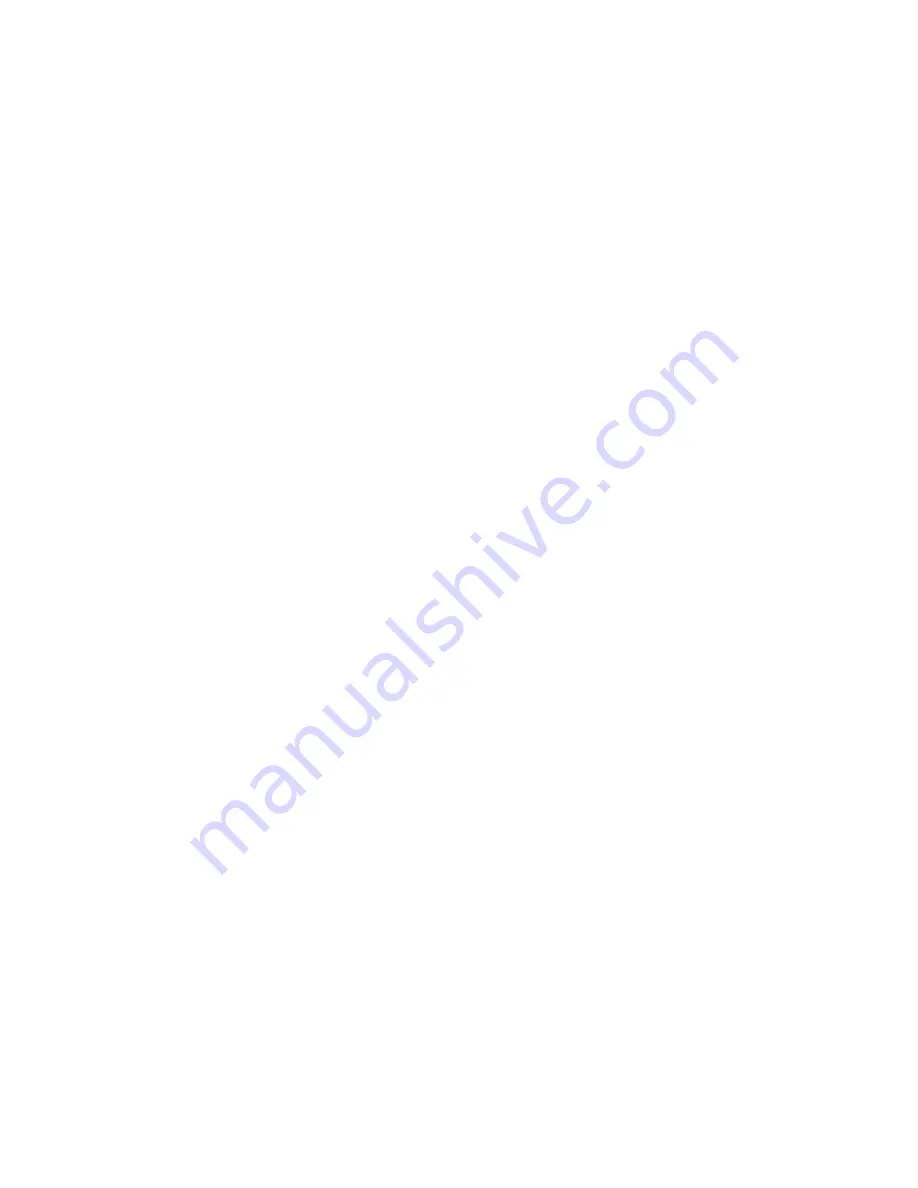
b.
Drag
your
finger
across
the
screen.
Check
that
the
cursor
accurately
follows
your
movements.
c.
Touch
each
corner
and
along
each
edge
of
the
screen.
Check
that
the
cursor
reaches
the
full
image
area
and
that
you
can
touch
and
activate
all
icons
and
menus
across
the
entire
screen
9.
If
any
part
of
the
test
fails,
calibrate
the
touchscreen
again.
Customizing
the
touch
response
mode
The
touch
response
mode
defines
how
your
touch
emulates
the
functions
of
a
mouse.
For
example,
you
can
define
a
touch
to
produce
a
button
down
(pressing
a
mouse
button)
or
button
up
(releasing
the
mouse
button).
Touch
modes
also
define
how
your
touch
produces
a
mouse
click
and
double
click.
TouchWare
allows
the
following
touch
modes:
Desktop
(default)
The
system
moves
the
cursor
to
the
touch
point,
but
does
not
generate
a
button
down
as
long
as
you
continue
to
slide
your
finger
around
the
screen.
When
you
pause
and
hold
your
finger
steady,
the
system
generates
a
mouse
button
down.
You
can
now
slide
your
finger
around
the
screen
with
this
position.
When
you
lift
your
finger,
the
system
generates
a
button
up.
Drawing
The
system
moves
the
cursor
to
the
touch
point
and
immediately
generates
a
button
down.
You
can
slide
your
finger
around
the
screen
with
the
button
held
down.
When
you
lift
your
finger,
the
system
generates
a
button
up.
Button
The
system
moves
the
cursor
to
the
touch
point
and
immediately
generates
a
button
down
and
up
(a
click).
To
drag,
slide
your
finger
around
the
screen
(button
down).
When
your
lift
your
finger,
the
system
generates
a
button
up.
Click
The
system
moves
the
cursor
to
the
touch
point
and
then
immediately
generates
a
button
down
and
up
(a
click).
Click
mode
does
not
generate
a
second
button
down,
does
not
support
drag
and
does
not
generate
a
mouse
event
on
finger
lift-off.
Lift-off
The
system
moves
the
cursor
to
the
touch
point,
but
does
not
generate
a
mouse
button
down.
You
can
slide
your
finger
around
the
screen
and
your
movements
are
followed;
however,
the
system
generates
mouse
move
events
only.
Lifting
your
finger
off
of
the
screen
generates
a
mouse
button
down.
The
system
then
waits
for
a
system-defined
time
delay,
and
generates
a
button
up.
Drag
is
not
supported;
however
lift-off
mode
is
useful
for
applications
that
requires
greater
accuracy.
Touchdown
The
system
moves
the
cursor
to
the
touch
point,
generates
a
button
down,
waits
for
a
system-defined
time
delay,
and
generates
a
button
up.
The
system
does
not
generate
a
mouse
event
on
finger
lift-off.
Drag
is
not
supported
in
this
mode.
Table
14-2
on
page
14-4
describes
how
to
click,
double
click,
and
drag,
using
the
different
touch
modes.
Chapter
14.
System
diagnostics
and
pinout
connections
14-3
Summary of Contents for 4820
Page 1: ...4820 SurePoint Solution System Reference SA27 4249 05 ...
Page 2: ......
Page 3: ...4820 SurePoint Solution System Reference SA27 4249 05 ...
Page 10: ...viii 4820 SurePoint Solution System Reference ...
Page 14: ...xii 4820 SurePoint Solution System Reference ...
Page 16: ...xiv 4820 SurePoint Solution System Reference ...
Page 18: ...xvi 4820 SurePoint Solution System Reference ...
Page 20: ...xviii 4820 SurePoint Solution System Reference ...
Page 22: ...xx 4820 SurePoint Solution System Reference ...
Page 24: ...4820 SurePoint Solution System Reference ...
Page 36: ...Models 42D 42T 4FD 4FT 4820 SurePoint Solution System Reference ...
Page 46: ...4 4 4820 SurePoint Solution System Reference ...
Page 48: ...Models 46D 46R 46T 4820 SurePoint Solution System Reference ...
Page 56: ...6 4 4820 SurePoint Solution System Reference ...
Page 62: ...Models 48D 48T 4820 SurePoint Solution System Reference ...
Page 74: ...11 6 4820 SurePoint Solution System Reference ...
Page 76: ...Models 4WT 4GT 4820 SurePoint Solution System Reference ...
Page 88: ...14 6 4820 SurePoint Solution System Reference ...
Page 90: ...Models 10D 1FR 4820 SurePoint Solution System Reference ...
Page 96: ...16 4 4820 SurePoint Solution System Reference ...
Page 97: ...Part 7 Appendixes Copyright IBM Corp 1999 2003 ...
Page 98: ...4820 SurePoint Solution System Reference ...
Page 106: ...Troubleshooting common problems B 6 4820 SurePoint Solution System Reference ...
Page 109: ...Figure C 3 Mounting dimensions Appendix C Mounting surface templates C 3 ...
Page 110: ...C 4 4820 SurePoint Solution System Reference ...
Page 119: ...V vertical bars B 3 voltage USB power 11 5 14 4 W warranty information 1 10 Index X 3 ...
Page 120: ...X 4 4820 SurePoint Solution System Reference ...
Page 123: ......
Page 124: ... Printed in USA SA27 4249 05 ...
















































